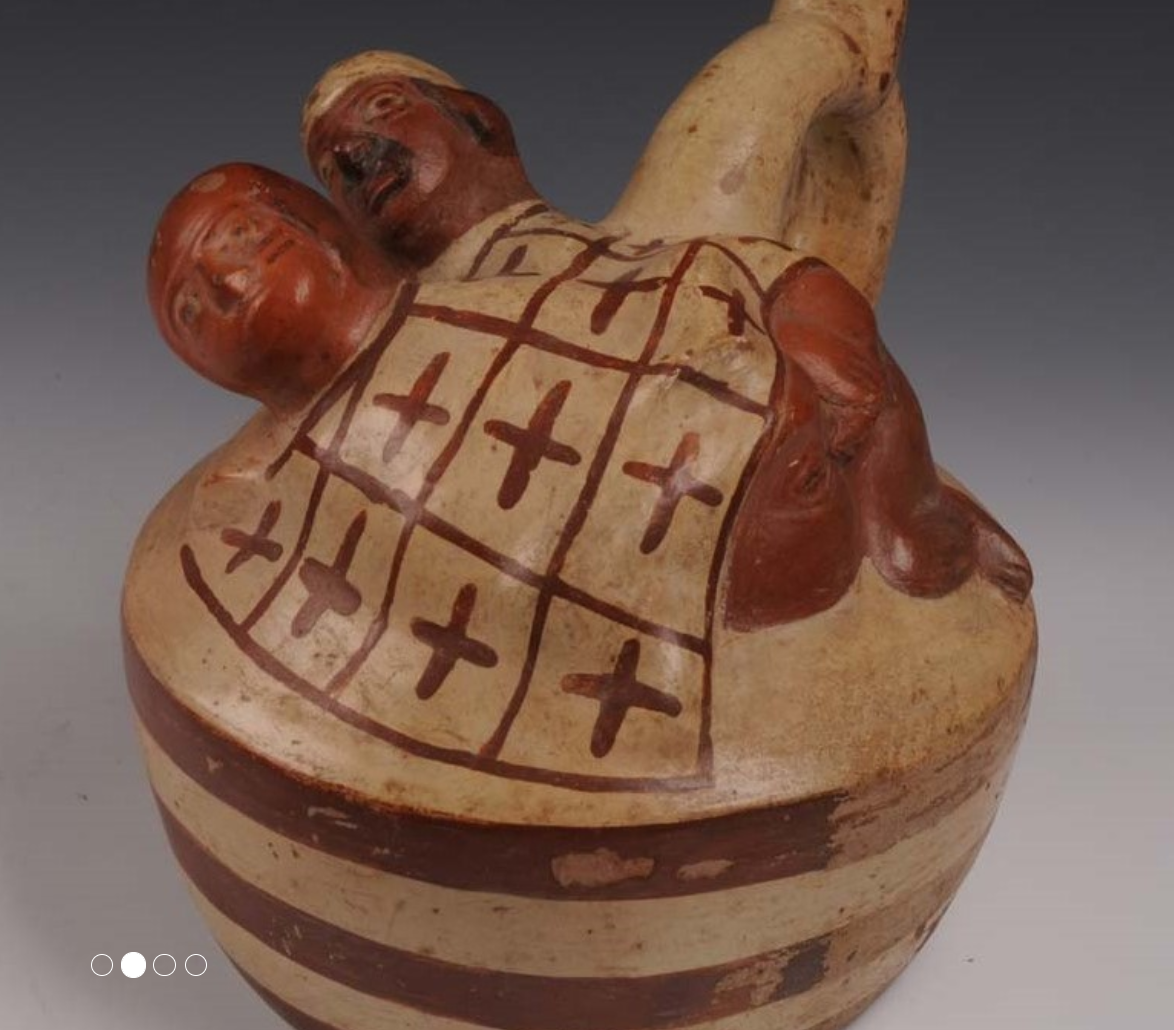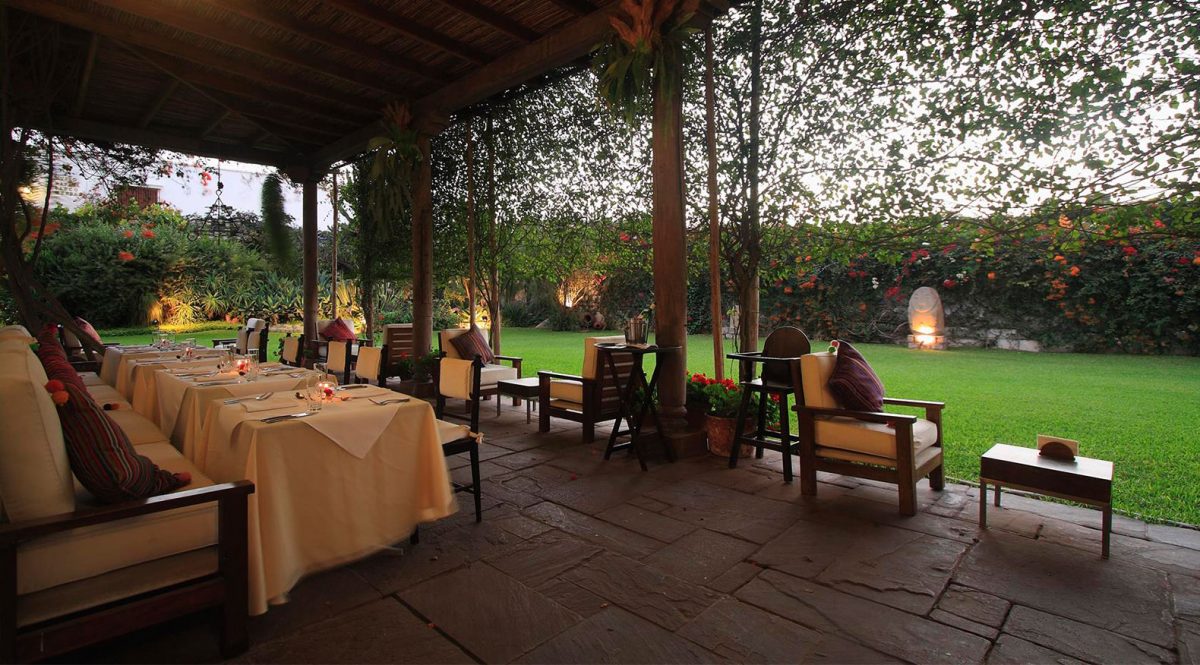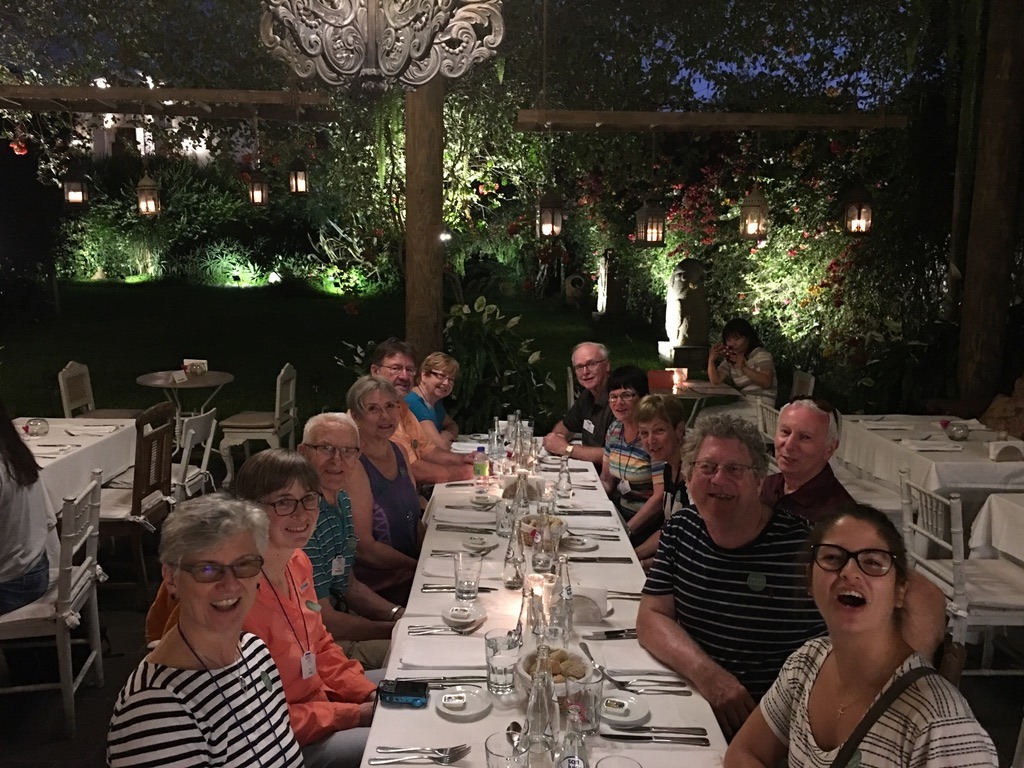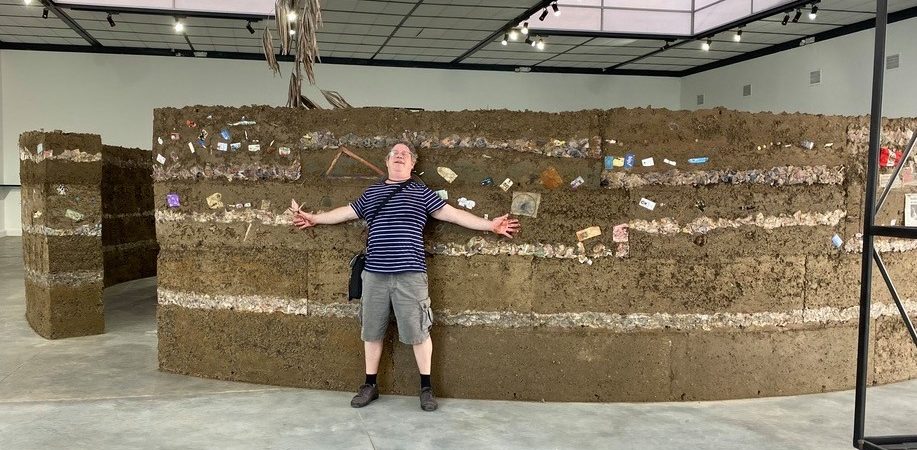February 7 – 23, 2020, just before the pandemic was declared, I went on a group tour of Peru. Sadly, there were no pugs on this trip. However, I have decided to share my daily Peru trip with you (and reliving these memories helps me to get through our stay-at-home situation here in Ontario).
I am planning on a road trip with the pugs this summer. Until then, we are off to Peru. My fascination with Peru was mainly with Machu Picchu – the Inca architectural wonder. I knew very little else about the country, so was looking forward to that learning. Machu Picchu was, for me, a connection with alien extra-terrestrials. This was based on my childhood reading of Chariots of the Gods by Erich Von Daniken. As a boy I was convinced if I ever got to Machu Picchu, I would find aliens.
The tour was organized by Senior Discovery Tours. They are very experienced in the tour industry. We had our tour guide, Natalia, plus local Peruvian tour guides for each day. Natalia was amazing and made the trip extraordinary.
The group were people from across Canada and around my age. We all gelled and the camaraderie that developed made the trip extra special. Many of them had been on previous SDT tours and said this was the best they had experienced.
As you can see from the tour map, we went from the sea coast, islands off the coast, the desert and Nazca Lines, south to the White City Arequipa, east to Lake Titicaca, Sacred Valley, Condor Alley, Cuzco, Machu Picchu then back to Lima.

The hotels we stayed in were 4 star when available. I went down for breakfast before starting out and was met with color and fruit – exotic fruit, fresh from the farms. There was also eggs, sausage, ham and a variety of breads and muffins. I would come to learn the bounty and bio-diversity of Peruvian cuisine.

I’m an early riser, especially if there is an exciting day ahead. Our tour schedule started at 1 pm so I had the whole morning to myself. I was out the door with my map and headed to the sea shore. Our hotel was about a 40 minute walk to the ocean. It was early morning, not too hot, people going to work. Lima is located on high cliffs overlooking the ocean.

Even though Lima is built next to the desert, there is abundant greenery and fauna. The 3 rivers around Lima, coming down from the Andes provide the water for enriching the soil. There is a trail that goes along the cliffs.
Lima was founded by Spaniard, Francisco Pizarro. He wanted a capital that was on the sea coast. The 3 rivers coming into the valley was a primary source of clean water for the new capital.




There is a major highway that goes along the coast. It reminded my of the Gardiner Expressway back home in Toronto. I saw a sign for a tsunami drill that was scheduled for that morning.


Parque del Amor (Park of Love). It is early morning so bit of an overcast. The sun soon came out. The park has a large statue in the center of two people kissing.

There is a mosaic wall around the park with benches. I guess couples can snuggle up out of the wind. I sat in one of the dips with my back to the one side and my legs going up the other. It was quite comfy with a view of the ocean waves.

I headed down to Museum of Contemporary Art. It was about a 15 minute walk through the bohemian area. It had an exhibition entitled Common Matter. Based on an idea from an early Dominican priest who wanted to create a city with “learning walls” – where all knowledge is written on walls – accessible to everyone. As you enter you see a series of magazines hanging from wires – sources of knowledge.

It turns out that the magazines were piled around the corner. The magazines were used to make paper mache.

The artists had the public come and make wall blocks out of this special black earth and paper mache. Thus making the “knowledge” of the magazines become part of the city walls.

In addition to the magazines, people could add whatever they wanted to the mix as long as it conveyed some kind of knowledge transfer.

I even found an alien. That satisfied my boyhood desire.

There is a staircase to provide an aerial view.

There was a couple who were happy to take of photo of me sticking my life to the wall.

Now, it was time for lunch. I had booked a reservation at Astrid & Gaston. This is one of the top 50 restaurants in the world establishment. It was established by the famous Peruvian chef Gaston Curio and his wife Astrid, who is the pastry chef.

Pisco Sour is the national drink. Invented by an American in Lima in the 1920’s. I guess he was a bartender escaping Prohibition. Pisco is a grape brandy, then lime juice, sweetener, egg white and bitters – served chilled. I ordered one while waiting in the lounge for my table.

There was a photo shoot of a couple of drinks the bartender made.

I told the host I was studying culinary in Toronto. The table he gave me was right in front of the kitchen. The tasting menu is prepared and served in another part of the building. I only had a limited amount of time because I had to get back to the hotel for the start of our tour. I ordered pizza.

The plants are hung upside down. Once a week, when the restaurent is closed, the gardeners come in for plant care. I don’t know how they prevent the dirt from falling out but I kept an eye on the one above me.

I took a taxi back to the hotel. The thing about traffic in Lima is the Stop sign is seldom obeyed. As I was cringing in terror in the back seat, my tour guide called me to find out where I was. I gave her a play by play of my cab going through near death intersections. She was bursting with laughter. Got on the tour bus and headed out with the group.
The tour bus went by many historical buildings – described by our guide. This is one designed by Gustave Eiffel that is now a museum.

A big city square with a stature of San Martin, the liberator of Peru. He was an Argentine general who, in the 19th Century, led the rebellion against the ruling Spanish.


Financial district and the orginal streets laid out by Francisco Pizarro when he founded Lima in 1532.

The San Franciscan Basilica and Convent. The entrance way portico was damaged several times by earthquakes. As we will find out later, the Incas had perfected an architecture that was sustainable through earthquakes.
The bottom part is the original Corinthian. Later the middle part was rebuilt with baroque. The top part later was rebuilt Rococo.

St. Francis looking down on the square, giving us his blessing.

I managed to take this photo of a ceiling fresco when our guide said no pictures are allowed. The frescoes were all painted over at some point in the past and are slowly being uncovered.

Under the monastery are the catacombs that were discovered after a 1940 earthquake. They are now open to the public.

The Larco Museum is a private collection of over 45,000 pieces from the various cultures in Peru over the past 3,000 years. We had a private tour of the collection.

They have an “open storage” area which is unusual for a museum. With an escort, you can view what they have in storage in 2 big rooms.

Our museum guide was amazing and adept at explaining the culture behind these artifacts. They represent the belief system through animals. The upper world are the birds symbolized by wings. The middle world we inhabit is feline – jaguar or puma. The underworld in the snake.

The faces were probably arch types in society, warrior, priest, nobility.

Early jaguar carving. The jaguar was the most powerful and worshipped as such.

A superhero tale inlaid in ceramic. He fights various sea monsters, dies goes to into the underworld and returns.

The only mummy they have. a 5 year old boy who died a natural death due to water in the brain. It is a cloth bundle that has been dressed for the underworld. The bundle has not been opened – but x-rayed.

A high priest outfit made of gold. It was the gold that led the Spanish conquistadors to dominate and rule the indigenous population.

The only complete gold outfit in the world. The people in Northern Peru were master goldsmiths. No one knows how they developed the technologies for advanced smithing. The Spanish melted all the gold before shipping it. This outfit was preserved for many generations before being donated to the museum.

The last part of the visit was optional. It was the Erotic Gallery. The museum’s guide was not going to come with us but everything was clearly labeled. I didn’t take any pictures but did get one from the Larco Museum website.

We ended the day in the museum’s garden restaurant. It was our first group dinner. The ambiance, the talks, the laughter were all indications of how good this tour would be.



The first day of an awesome adventure. Thank you for sharing, Larry.
Thank you for sharing Larry! You know how much I hope to go there one day too, so of course I love to read all the details of your adventures. 🙂
Great writing. Thanks for sharing.